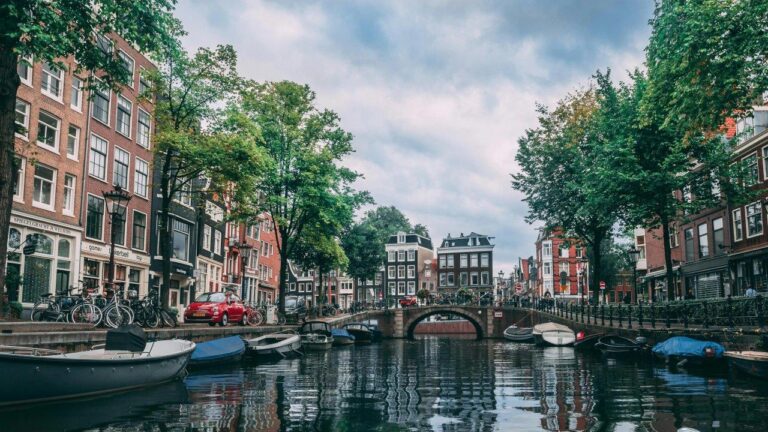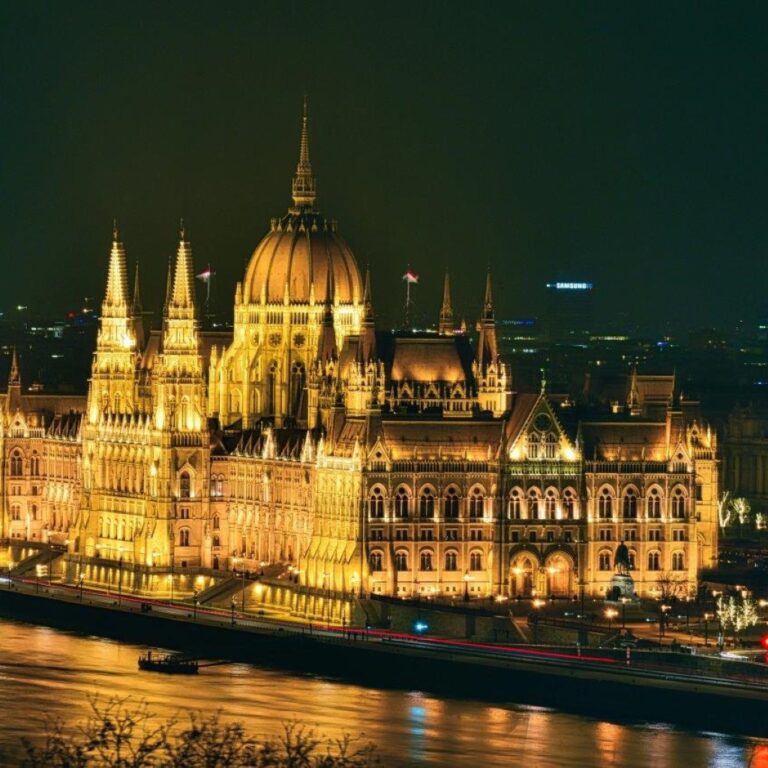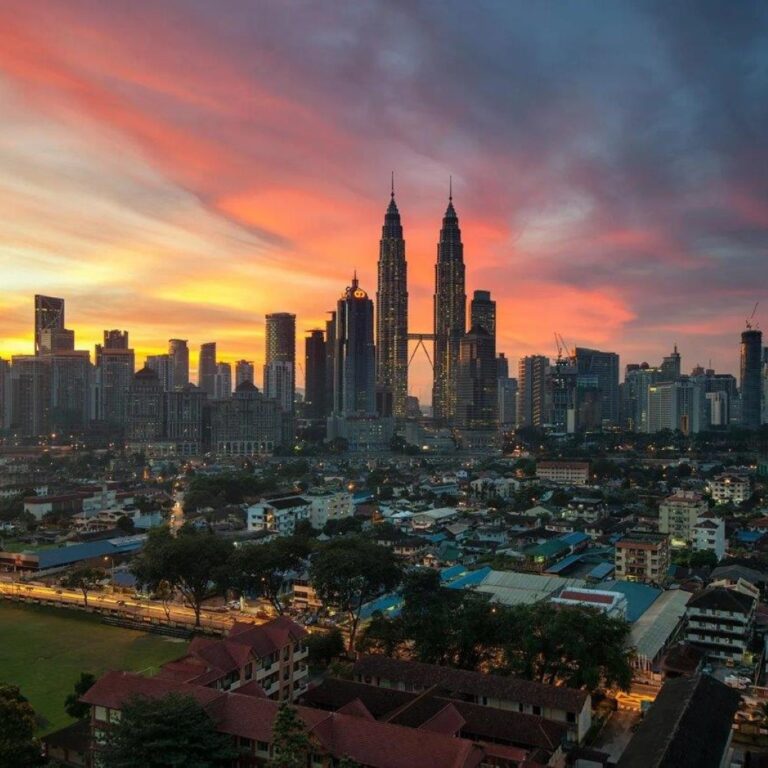Amsterdam is built on a network of 165 canals, which together stretch over 100 kilometers (62 miles) and have earned the city its nickname, the 'Venice of the North.'
The city is home to more bicycles than residents, with an estimated 880,000 bikes in a city of around 850,000 people.
Amsterdam has more than 1,500 bridges, many of which are beautifully lit at night, adding to the city's charm.
The Anne Frank House, one of the city's most visited museums, is the actual building where Anne Frank and her family hid during World War II.
Amsterdam's Schiphol Airport is built on reclaimed land, and its main runway is actually 4.5 meters (15 feet) below sea level.
The city is famous for its liberal attitude, being one of the first places in the world to legalize same-sex marriage in 2001.
Amsterdam's Red Light District, known for its legal and regulated sex work, is also a major tourist attraction.
The city's official language is Dutch, but English is widely spoken, and many signs and menus are in both languages.
Amsterdam has more museums per square kilometer than any other city in the world, with over 50 museums, including the famous Rijksmuseum and Van Gogh Museum.
The city's name comes from its origin as a dam built on the Amstel River in the 12th century, originally called 'Amstelredamme.'
Amsterdam is one of the most multicultural cities in the world, with residents from over 180 different nationalities.
The city is known for its iconic narrow houses, many of which are only a few meters wide, due to a historical tax based on the width of the house.
Amsterdam's Flower Market, or Bloemenmarkt, is the only floating flower market in the world and has been in operation since 1862.
The city has a vibrant coffee culture, with numerous cafes where locals and visitors alike enjoy a relaxed atmosphere.
Amsterdam is a leading center for art and culture, hosting numerous festivals, events, and exhibitions throughout the year, including the annual Amsterdam Dance Event, one of the world's largest electronic music festivals.



